
Nvidia GeForce GTX 1060 Founders Edition Review
Manufacturer: NvidiaUK price (as reviewed): Reference: MSRP £239 (inc VAT); Founders Edition: MSRP £279 (inc VAT)
US price (as reviewed): Reference: MSRP $249 (ex Tax); Founders Edition: MSRP $299 (ex Tax)
At the end of June, AMD launched its first 14nm GPU, the RX 480. It offers solid 1080p and 1440p performance and occupies the £200 to £250 price range depending on the exact model and retailer. At the time, Nvidia had no current generation answer to the RX 480, having focussed thus far on the high-end with its first two Pascal GPUs, the GTX 1080 and GTX 1070. Today, that changes, as Nvidia is releasing the GTX 1060 with a UK starting MSRP of £239 including VAT, or $249 for US customers. It's a hard launch, with cards from all the usual partners expected to be available immediately. Nvidia will also be selling a Founders Edition card to select regions (UK, France and Germany in Europe) exclusively through its online store. This ships at reference speeds but uses premium components and cooling, and as such carries a higher price tag of £279 or $299.
What Nvidia is promising with the GTX 1060 is GTX 980 performance at a lower price point, with lower power consumption and with all of Pascal's upgraded features. Naturally it will also be seeking to topple the RX 480 as the current mid-range card of choice.
Rather than using a stripped back version of the GP104 GPU found in the GTX 1080 and GTX 1070, Nvidia has found it to be more cost effective to produce a new GPU entirely for the GTX 1060: GP106. Built on the same 16nm FinFET process as its Pascal brethren, GP106 is a 4.4 billion transistor part with a die size of just 200mm2.
The GTX 1060 represents the GP106 GPU in its fullest form. There are two graphics processing clusters (GPCs) that house five streaming multiprocessors (SMs) each. These are the same Pascal SMs as we've seen before, each one carrying 128 CUDA cores and eight texture units for totals of 1,280 and 80 respectively; half of what the GTX 1080 offers. The Simultaneous Multi-Projection (SMP) hardware is retained, allowing the GTX 1060 to render multiple viewpoints of the same scene in a single pass, saving massively on geometry workloads in applications like VR, Surround and other emerging uses. You can read more about it in our GTX 1080 review.
The reference base clock of the GTX 1060 is a tasty 1,506MHz and the rated boost clock is 1,708MHz. That said, Nvidia says there should be some decent overclocking headroom to play with, stating that it has observed in-game boost speeds of over 2GHz in its internal tests.
Nvidia has cut back on the memory interface slightly compared to GP104, dropping to a 192-bit interface with six 32-bit controllers. As usual, each of these is tied to eight ROPs and a 256KB slice of L2 cache, giving us 48 ROPs and a 1.5MB L2 cache in total.
| Nvidia GeForce GTX 1080 8GB | Nvidia GeForce GTX 1070 8GB | Nvidia GeForce GTX 1060 6GB | Nvidia GeForce GTX 970 4GB | Nvidia GeForce GTX 960 2GB | |
| GPU | |||||
| Architecture | Pascal | Pascal | Pascal | Maxwell | Maxwell |
| Codename | GP104 | GP104 | GP106 | GM204 | GM206 |
| Base Clock | 1,607MHz | 1,506MHz | 1,506MHz | 1,050MHz | 1,127MHz |
| Boost Clock | 1,733MHz | 1,683MHz | 1,708MHz | 1,178MHz | 1,178MHz |
| Stream Processors | 2,560 | 1,920 | 1,280 | 1,664 | 1,024 |
| Layout | 4 GPCs, 20 SMs | 3 GPCs, 15 SMs | 2 GPCs, 10 SMMs | 4 GPCs, 13 SMMs | 2 GPCs, 8 SMMs |
| Rasterisers | 4 | 3 | 2 | 4 | 2 |
| Tesselation Units | 20 | 15 | 10 | 13 | 8 |
| Texture Units | 160 | 120 | 80 | 104 | 64 |
| ROPs | 64 | 64 | 48 | 64 | 32 |
| FP64 Performance | 1/32 FP32 | 1/32 FP32 | 1/32 FP32 | 1/32 FP32 | 1/32 FP32 |
| Transistors | 7.2 billion | 7.2 billion | 4.4 billion | 5.2 billion | 2.94 billion |
| Die Size | 314mm2 | 314mm2 | 200mm2 | 398mm2 | 227mm2 |
| Process | 16nm | 16nm | 16nm | 28nm | 28nm |
| Memory | |||||
| Amount | 8GB GDDR5X | 8GB GDDR5 | 6GB GDDR5 | 4GB GDDR5 | 2GB GDDR5 |
| Frequency | 1.25GHz (10GHz effective) | 2GHz (8GHz effective) | 2GHz (8GHz effective) | 1.75GHz (7GHz Effective) | 1.75GHz (7GHz Effective) |
| Interface | 256-bit | 256-bit | 192-bit | 256-bit | 128-bit |
| Bandwidth | 320GB/sec | 256GB/sec | 192GB/sec | 224GB/sec | 112GB/sec |
| Card Specifications | |||||
| Power Connectors | 1 x 8-pin | 1 x 8-pin | 1 x 6-pin | 2 x 6-pin PCI-E | 1 x 6-pin PCI-E |
| Stock Card Length | 267mm | 267mm | 249mm | 267mm | N/A |
| TDP | 180W | 150W | 120W | 145W | 120W |
The memory controllers are paired with 6GB of GDDR5 operating at an effective speed of 8Gbps. This gives the GTX 1060 a raw maximum memory bandwidth of 192GB/sec, but as a Pascal part it benefits from Nvidia's fourth generation delta colour compression engine, featuring new 4:1 and 8:1 compression techniques. As a result, the amount of data that can be transferred is increased by an average of 20 percent according to Nvidia.
The Founders Edition card measures 9.8in long (about 250mm) although the PCB is considerably shorter – we expect to see some mini-ITX cooling solutions from partners. It fits the dual-slot form factor and, physically at least, goes some way to justifying its inflated price tag. The reference cooler with its die cast aluminium body is extremely strong and looks and feels like a premium part. That said, it would have been nice to see a backplate, if only for the aesthetic advantage. As usual, the GeForce logo along the top is backlit and glows green.
Nvidia uses its standard set of Pascal display outputs: three DisplayPort 1.4 headers, one HDMI 2.0b and one dual-link DVI-D.
The GTX 1060 falls into the same 120W power envelope as the GTX 960 before it. As such, the single 6-pin PCI-E connector will be more than enough to supply power along with the PCI-E slot.
Something you may have noticed the absence of is any form of SLI connector. After having already canned support for 3-way and 4-way SLI (excluding specific benchmarks that extreme overclockers use) Nvidia says it is now focussing all of its SLI efforts on providing the best gaming experiences possible, which is code for the fact that it will now be a feature only of high-end parts i.e. GTX 1070 and above. This is likely to prove controversial among certain audiences, as pairing up two mid-range cards to match or better the performance of higher-end parts with better bang per buck has been a frequent use scenario for SLI. Now, with DirectX 12's expanded multi-GPU capabilities, certain titles may still permit you to pair up a couple of GTX 1060s, but the onus will be on the developer to have them work effectively together. As far as we can see, however, there isn't a whole lot of motivation for developers to do this, so this decisions potentially sounds the death knell for mid-range multi-GPU, at least as far as Nvidia is concerned.
The cooler has a fairly traditional design, with a copper baseplate connecting with the GPU and feeding a pair of copper heat pipes and an aluminium heatsink above. A metal contact plate also ensures that the memory chips and power delivery components are directly cooled as well. The fins are arranged so as to direct all air out of the rear I/O panel, and everything is cooled by a single radial fan which, sadly, is not semi-passive.
On the PCB we find what looks like a 3+1 phase power delivery circuit. Nvidia boasts that its Founders Edition card uses premium components. For example, it uses dual gate MOSFETs for both the GPU and memory power supplies to improve efficiency, as well as a low impedance power delivery network and custom voltage regulators.

MSI MPG Velox 100R Chassis Review
October 14 2021 | 15:04

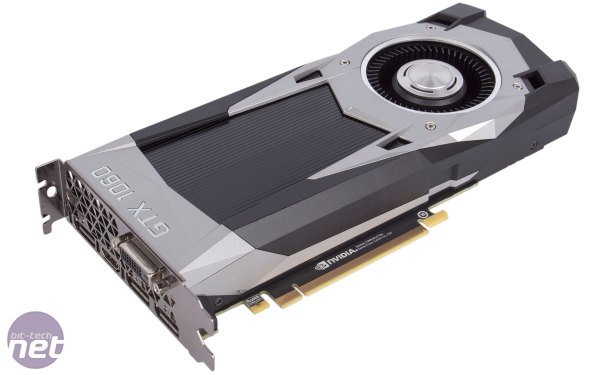
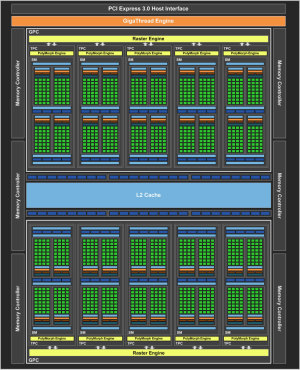
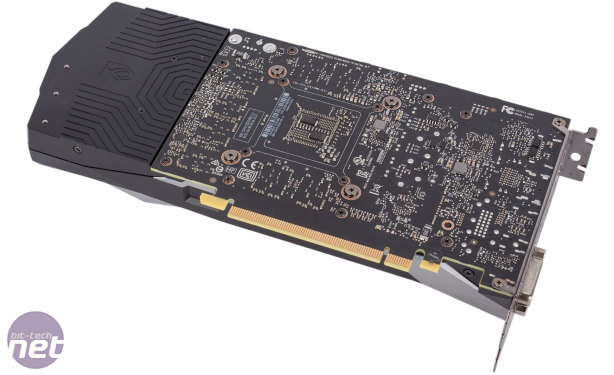
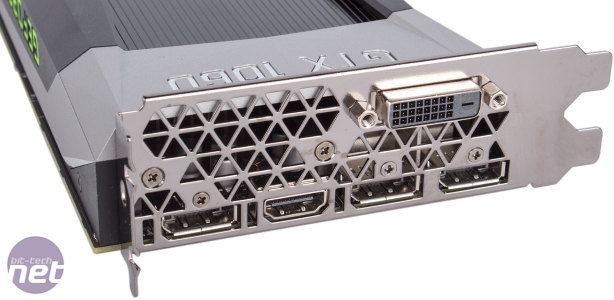
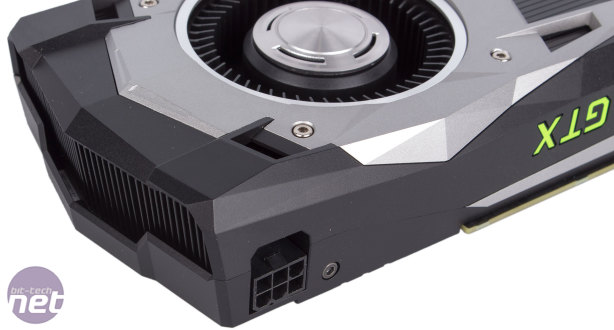
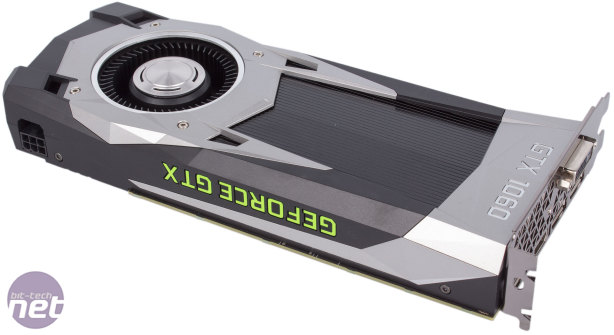
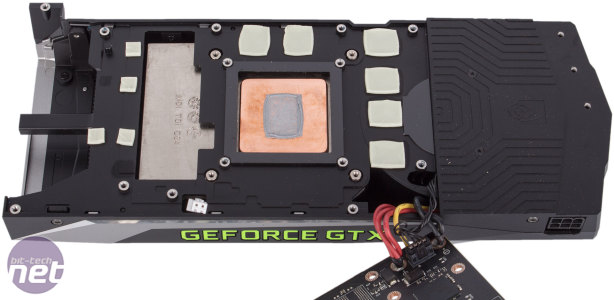
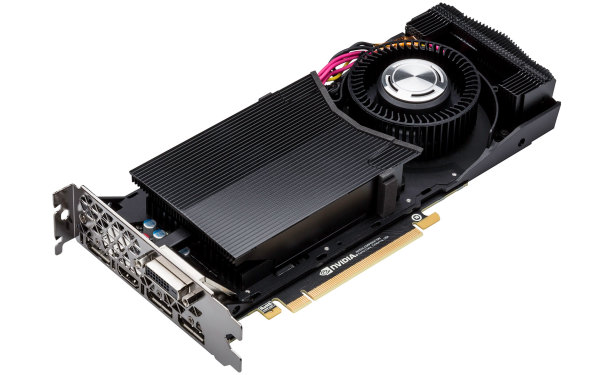
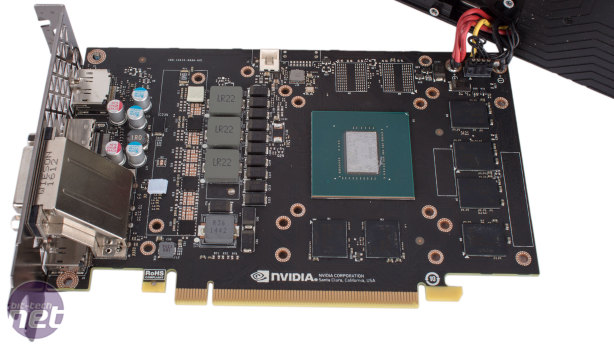
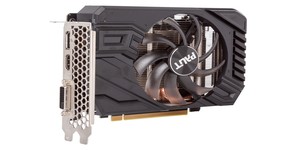






Want to comment? Please log in.